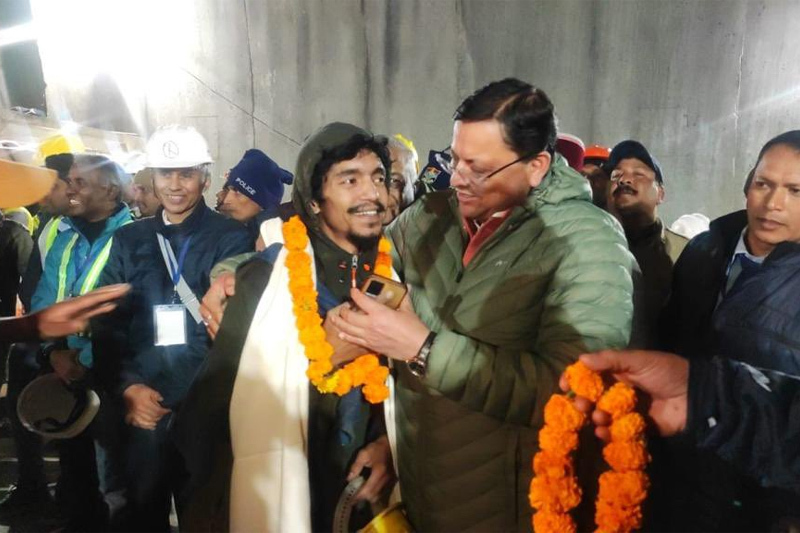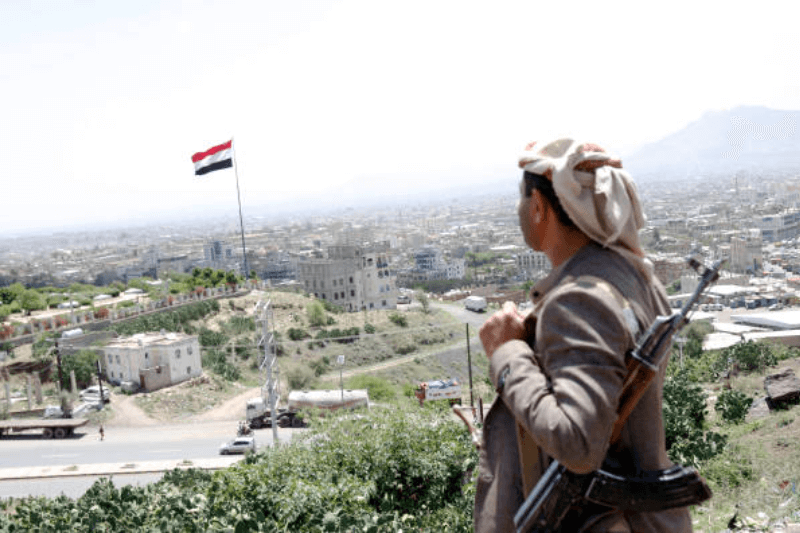
Uttarakhand Tunnel Rescue Ops Not A Domestic Affair. How Global Media Reacted
In a dramatic development, as rescue personnel on Tuesday evening successfully pulled out all 41 labourers trapped in an under-construction collapsed mountain tunnel in Uttarkashi after 17 days, the global media hailed the operation and provided live coverage.
British daily ‘The Guardian’ reported: “Human labour triumphed over machinery as the specialists managed to manually drill through the final 12 metres of rubble to reach the men.” Meanwhile, London-based ‘The Telegraph’ highlighted the rat-hole mining method utilised.
Uttarakhand Tunnel Collapse And Rat Miners To The Rescue
Rat-hole mining remains an officially banned primitive method of manual coal extraction. India’s National Green Tribunal banned the method in 2014. In addition to the unsafe labour conditions the method is prone to, experts also believe rat-hole mining is damaging to the environment.
The primitive method has been linked to serious consequences such as deforestation, soil erosion, acidification of rivers and disruption of local ecosystems. But the absence of viable alternative livelihoods for locals keeps rat-hole mining a prevalent method in parts of India.
On November 12, a landslide caused a portion of the Silkyara-Barkot tunnel to cave in, blocking the exit for dozens of labourers who were inside. The 17 days of painstaking rescue task saw food, medicines and oxygen being sent to the men through a pipe pushed through the debris.
Keep Reading
BBC Reports On Rapid Construction In The Himalayan Region
The BBC said: “Outside the tunnel, there have been celebrations at a news of the first man coming out of the tunnel.” It uploaded on its website a photograph of Uttarakhand Chief Minister Pushkar Singh Dhami and Union Minister VK Singh meeting the first labourer rescued.
The BBC has been providing regular updates on the rescue operation. It noted environmentalists and residents have blamed rapid construction, including the Char Dham project, for land subsidence in the Himalayan region, saying this contributed to the tunnel collapse.




